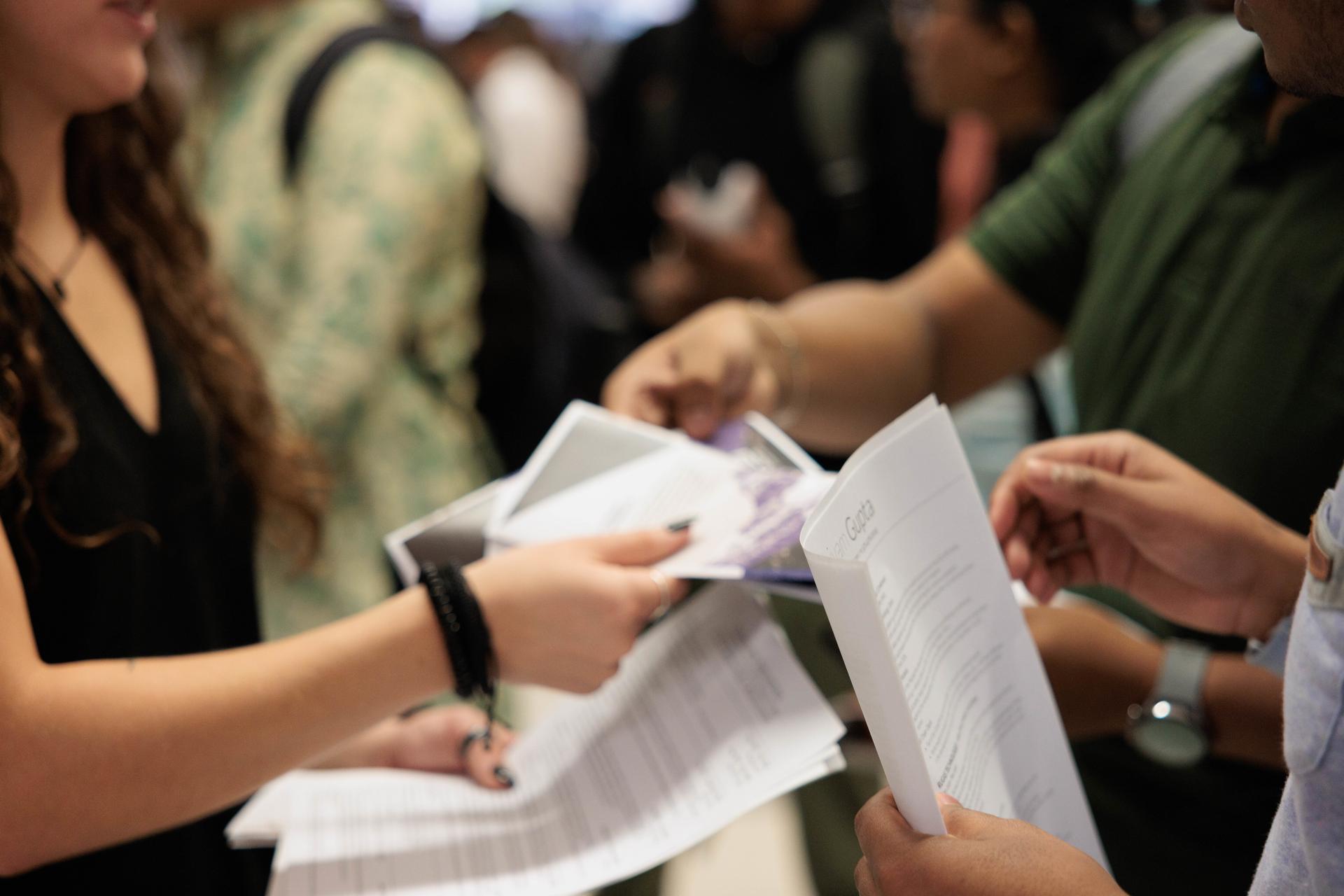By 2030, a fifth of the United States’ population will be over 65 and past the traditional age of retirement. That means further depletion of the aging federal and scientific workforces through which the country can respond to 21st-century challenges. But how can these sectors attract younger workers to fields they may not even know exist? And what resources do these potential workers need to be qualified?
The George Washington University’s Philippe Bardet, a professor of mechanical and aerospace engineering in the School of Engineering and Applied Science, will lead the Consortium on Naval Enterprise Pathways (CoNEP), a large multi-institutional consortium funded by the U.S. D.O.D. Office of Naval Research to the support the Navy’s Research and Development Enterprise (NR&DE). Through a partnership among GW, Howard University and two nonprofit collaborators, Lowcountry Maritime Group and Let’s Go Boys and Girls, CoNEP will help create dedicated pathways into naval R&DE for students at all levels—from middle to graduate school—in the greater Washington, D.C., area.
“What we are calling ‘pathways’ are entry points for students to a lifetime career in engineering and the naval enterprise,” Bardet said.
Depending on the student and their circumstances, such pathways might take a variety of forms, including summer programs, new undergraduate courses and partnerships modeled off the private sector. At investment banks, for instance, Bardet pointed out that college students are often aggressively recruited for paid internships in their first two years of college where a strong performance leads to a guaranteed job offer. Because these internships are well paid, students from all socioeconomic backgrounds are attracted to them, and in exchange the banks receive a top pick in a steady flow of vetted, high-performing employees whose broad upbringing brings with it a diversity of innovative ideas and perspectives.
“We want to broaden and strengthen the naval enterprise workforce as much as possible,” Bardet said.
The first CoNEP initiatives will include mentorship programs for middle and high school students, a GW-led National Security and Naval Power Bootcamp for graduate students to run in summer 2024 and a graduate certificate program in National Security Studies to be offered by the Elliott School of International Affairs.
”Our proximity to naval research facilities, deep expertise in mission-critical bodies of knowledge and success in the creation of workforce development programs makes GW the ideal partner to expand and diversify the Navy’s workforce pipeline,” Vice Provost for Research Pamela Norris said. “CoNEP is the latest example of the type of large-scale collaborations that GW is leading to identify and train a workforce for the jobs of tomorrow.”
“Many GW Engineering students come to our school because of the unique research, educational and experiential opportunities in the area, and—as the name implies—CoNEP provides an excellent pathway to such opportunities in the naval enterprise,” GW Engineering Dean John Lach said. “In turn, CoNEP is also a way to meet the talent pipeline needs of the Navy Labs, representing another mutually beneficial partnership between GW Engineering and the federal government.”
Making the science, technology, engineering and mathematics (STEM) workforce more representative of the American population may require a variety of creative interventions. But certainly one such pathway is opening classes and opportunities to students from underrepresented groups and low socioeconomic backgrounds. As these engineers progress in their careers, their work becomes more visible and therefore more accessible to more communities.
To track the effectiveness of CoNEP’s strategies, Mechanical and Aerospace Engineering professors Megan Leftwich and Saniya LeBlanc will lead engagement and assessment activities, respectively. Leftwich will lead community outreach, using research-based best practices to ensure diverse community members participate in the consortium’s STEM opportunities. LeBlanc will work closely with education initiative directors to design and execute each program’s strategy, ensure metrics are collected and assess those metrics.
Bardet, whose work focuses on experimental fluid dynamics, said GW has a particularly strong connection to federal research institutions because of its location and its strength in fluid mechanics research. These institutions are fundamental—and often unsung—contributors to American scientific innovation and have a disproportionate impact on the country’s economic health. NASA, for instance, was funded by one half of one percent of the federal budget in 2019 (or $21.5 billions), but contributed more than $64.3 billion in economic output that fiscal year.
In an unpredictable world economy, students who qualify for the naval enterprise workforce have the increasingly rare opportunity to build a sturdy, lifelong career if they invest their time in the educational prerequisites needed for entry, Bardet said. CoNEP can open those doors.
“Students need to know there is a good life waiting for them if they invest in their education at the right time,” he said.



